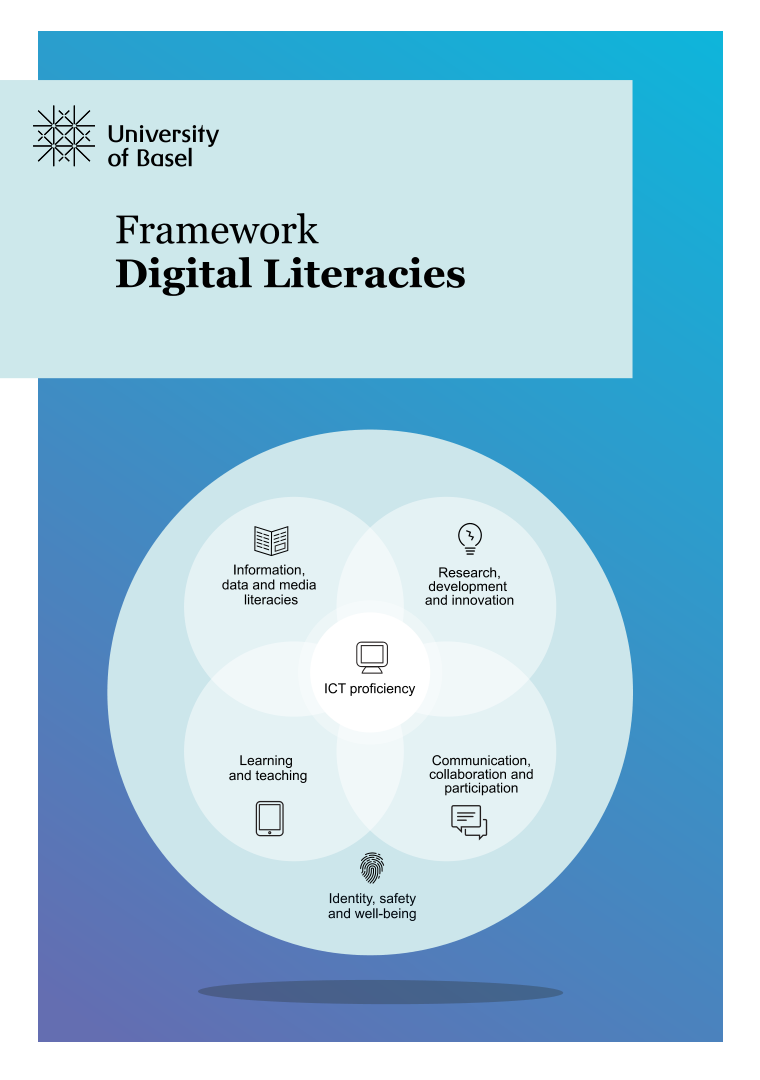Literacy area 6
Identity, safety and well-being
The number of human activities that rely on digital technology has grown exponentially. The increasing miniaturization of computers, the sinking costs of technology, and the simplification of human-computer interaction have made digital devices accessible to all. Furthermore, mobile internet access has become ubiquitous in many countries across the globe.
In order to spread and exchange information over the Internet, and in order to access services on the World Wide Web, an identification of some kind (“Log in”) is in most cases necessary. The multiplication of accounts transforms the proper management of one’s own access data into a central issue.
Moreover, many web platforms offer the possibility to diffuse and store information about one’s own person. This information is collected in individual, sometimes publicly accessible “Profiles”.
The consequence of these transformations is that individual online presence has become a central feature of the age of digital multimedia. Moreover, an increasing number of persons expect from others permanent availability and connectedness. This can be a source of distraction and stress.
Being literate in the area of digital identity, safety and well-being means being aware of the benefits and risks online that presence and digital participation entail for identity, reputation, privacy, health, well-being and sustainability, both at the individual and at the collective level.
The issues of identity, safety well-being are transversal to all areas of the digital transformation.
Concretely, literacy in digital identity and safety means the capacity to:
- develop and project a positive digital identity or identities (individual or organisational) across a range of platforms;“
- build and maintain digital profiles and other identity assets such as records of achievement;
- review the impact of online activity;
- collate and curate personal materials across digital networks;
- act safely and responsibly in digital environments.
Literacy in digital well-being, health and environmental issues means the capacity to:
- look after personal health, safety, relationships and work-life balance in digital settings;
- use digital tools to pursue personal goals (e.g. health and fitness) and to participate in social and community activities;
- negotiate and resolve conflict;
- manage digital workload, over load and distraction;
- act with concern for the human and natural environment when using digital tools.
Legal notice
The above description is adapted from the «Digital Capabilities Framework» of the British organisation JISC. The adaptation has been realized by the Educational Technologies of the University of Basel within the context of the project Digital Literacies.
The text on this page is licensed under the Creative Commons License «Attribution-Non-Commercial-ShareAlike» (CC BY-NC-SA). You can find more information on the web site of the Creative Commons Foundation.

